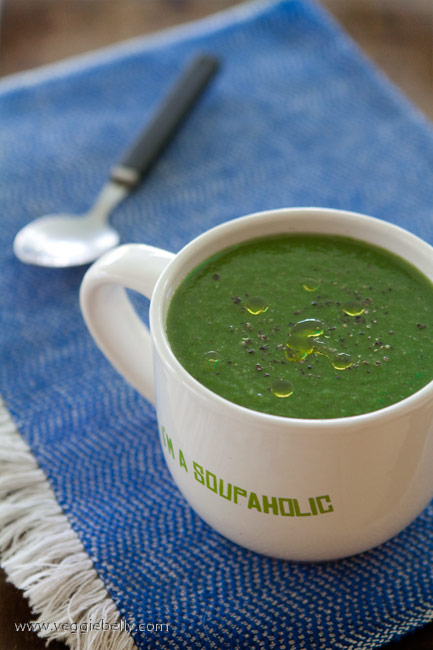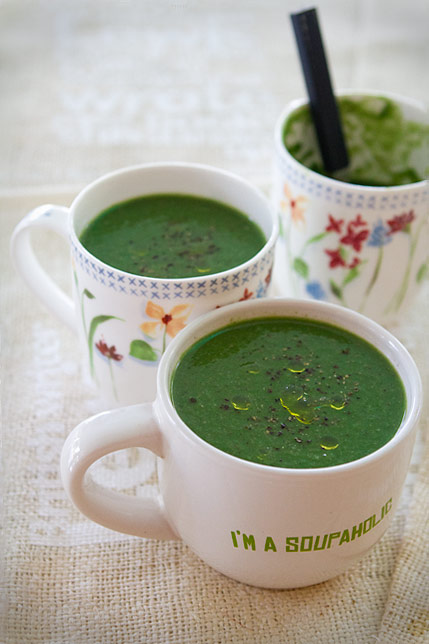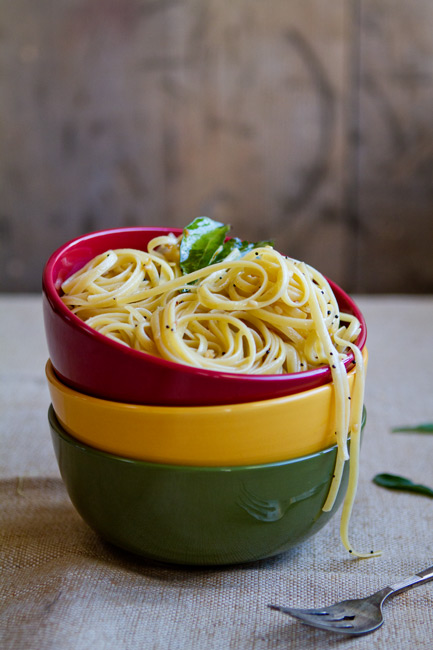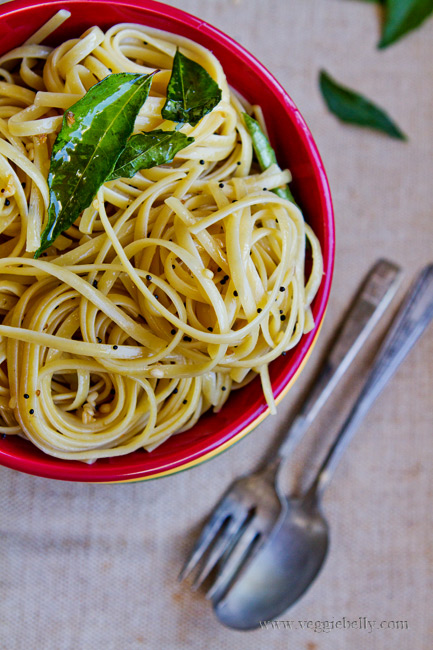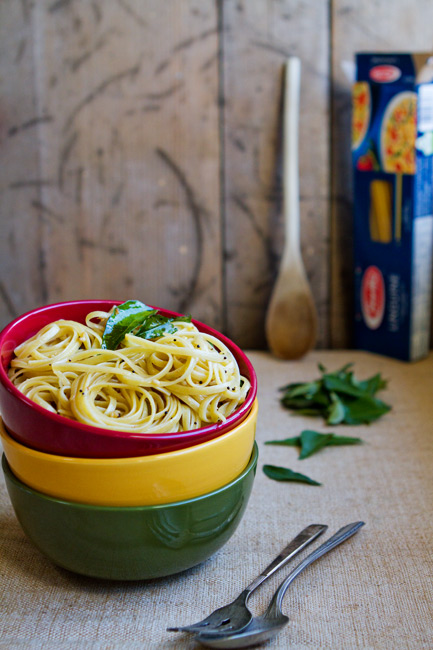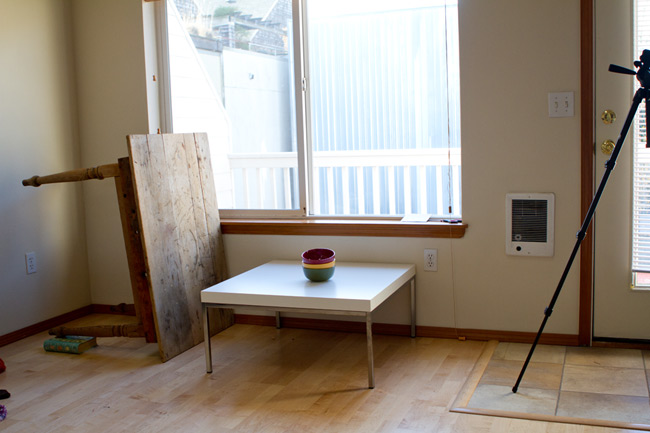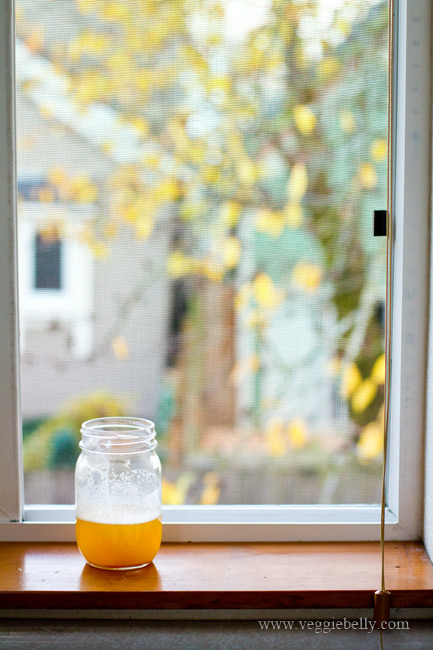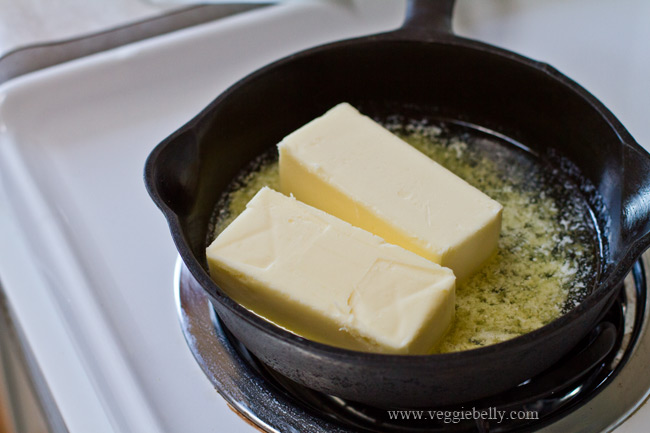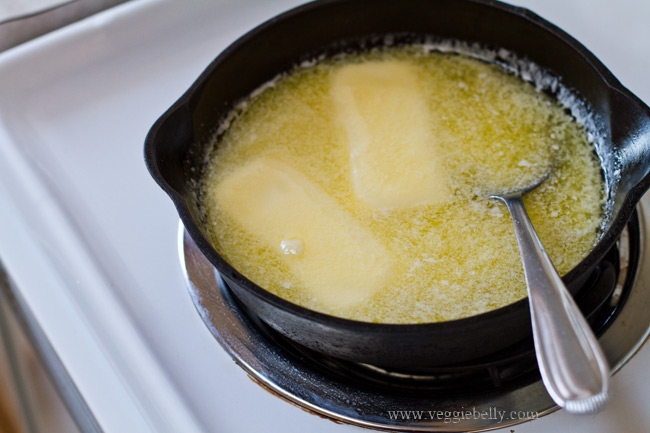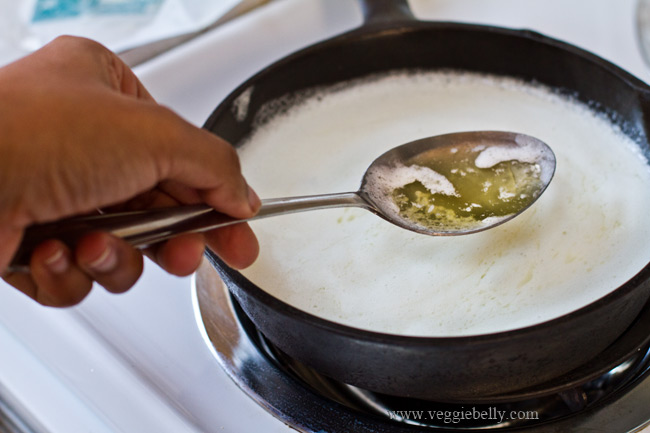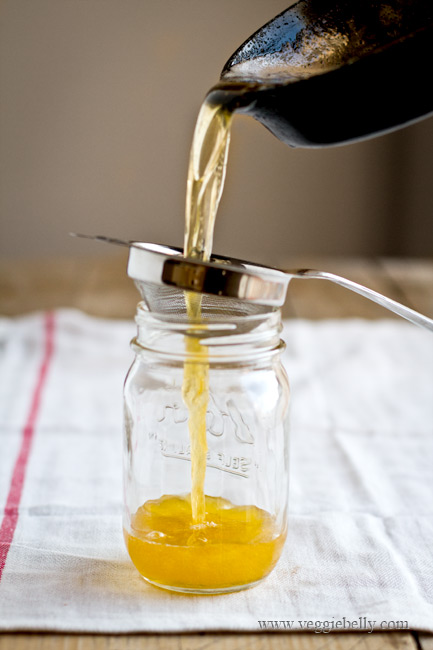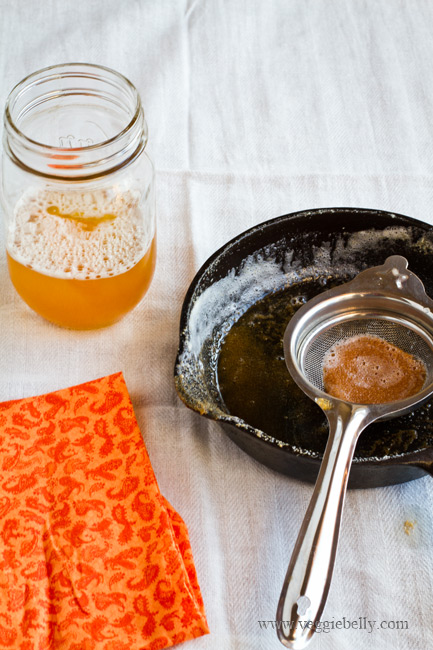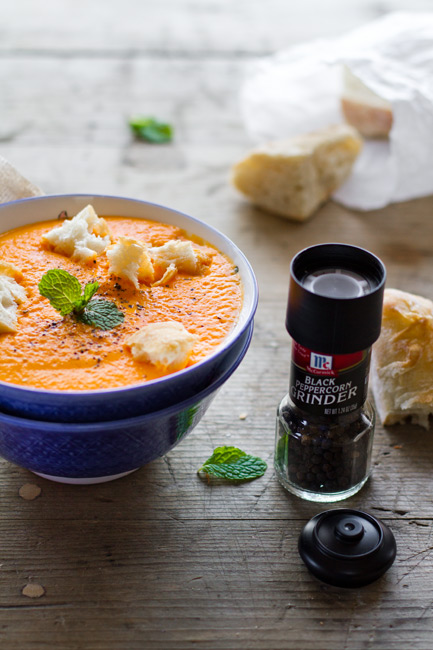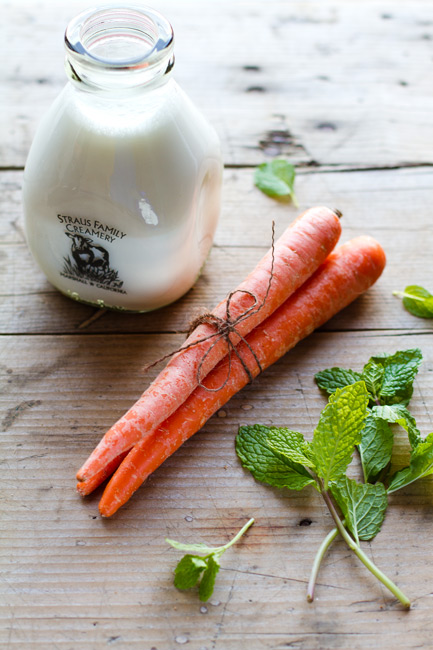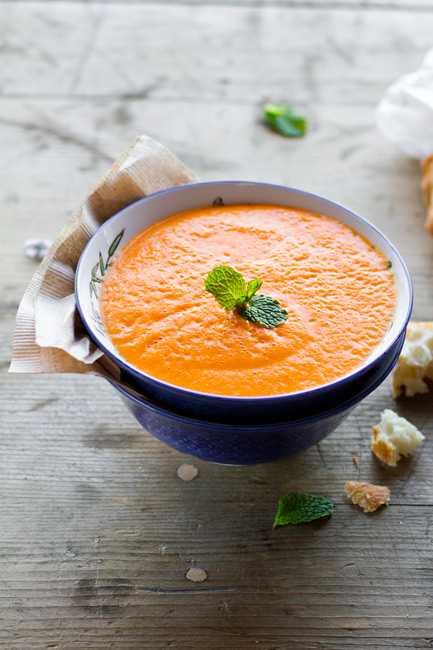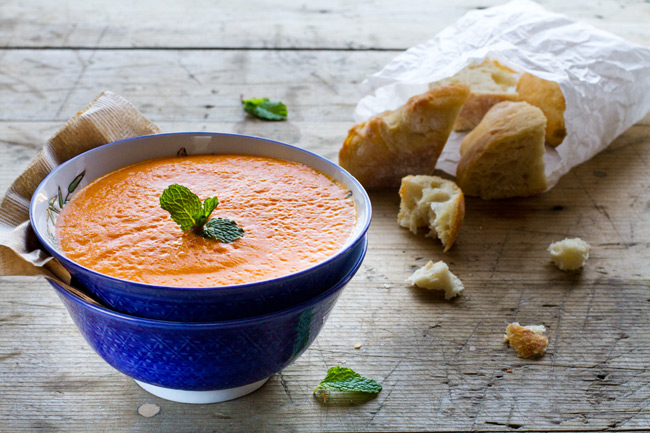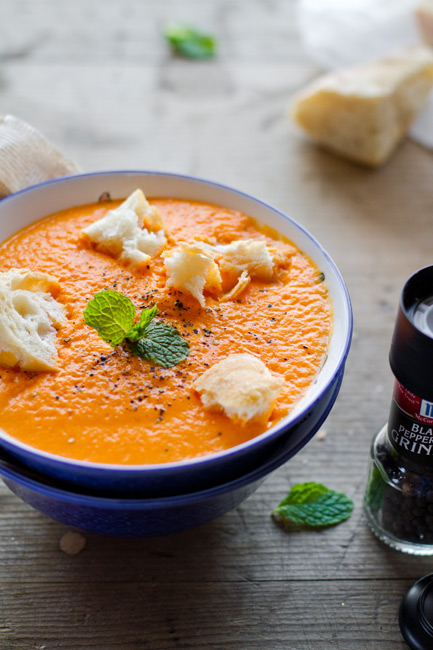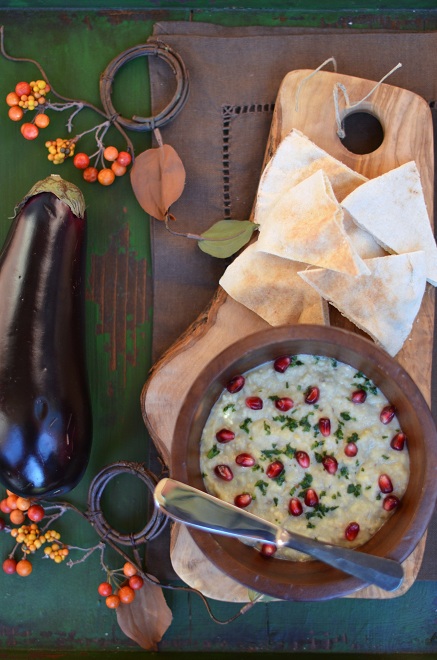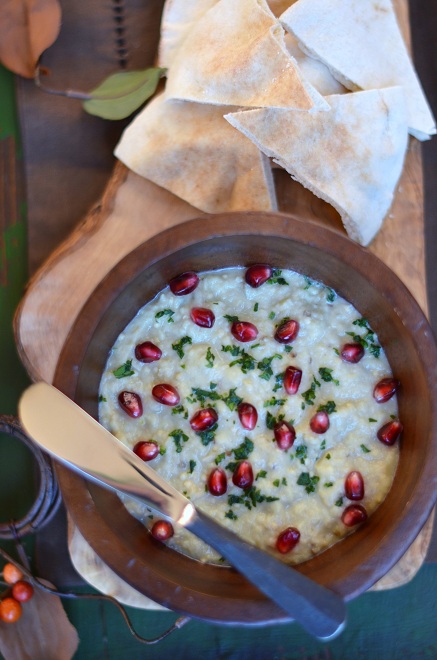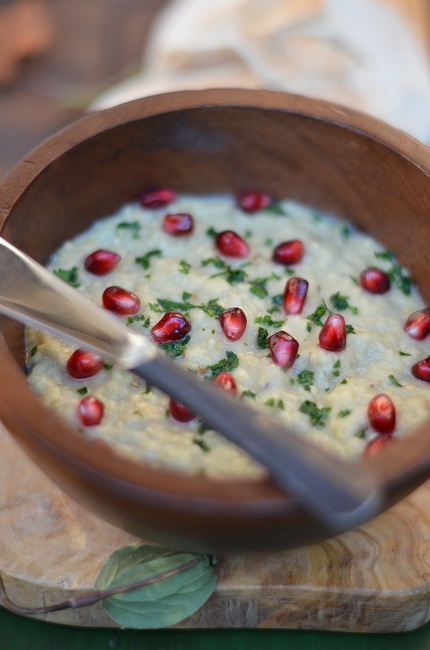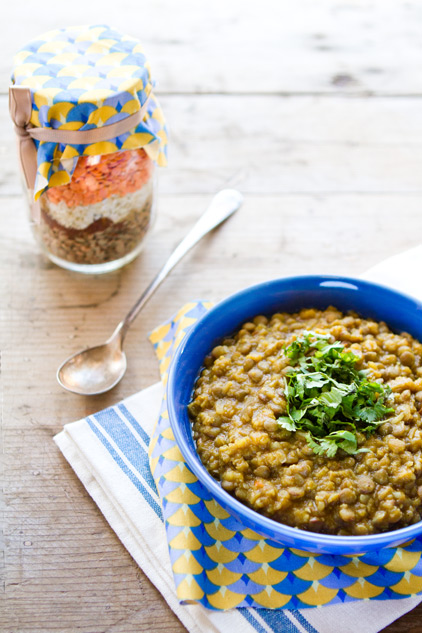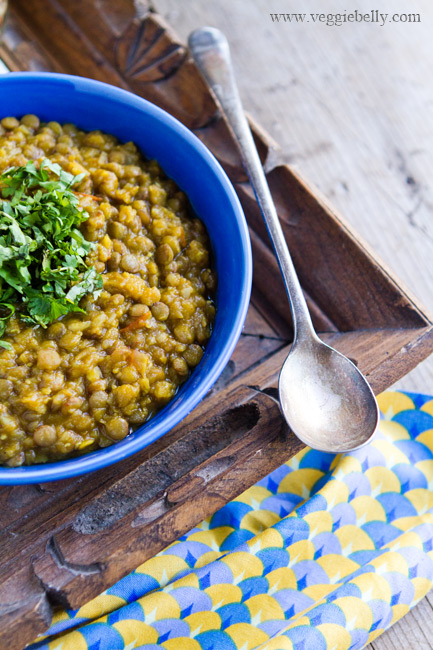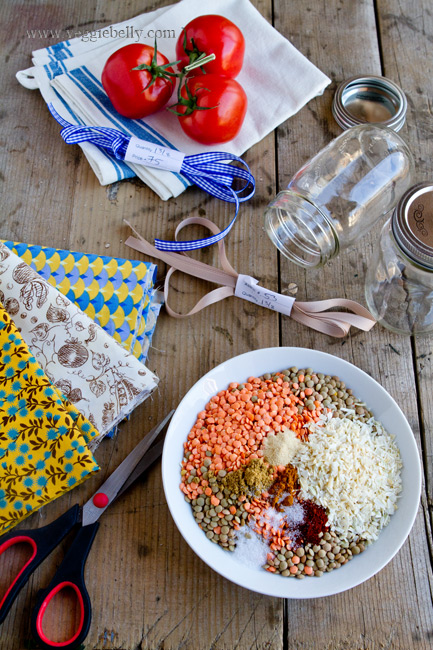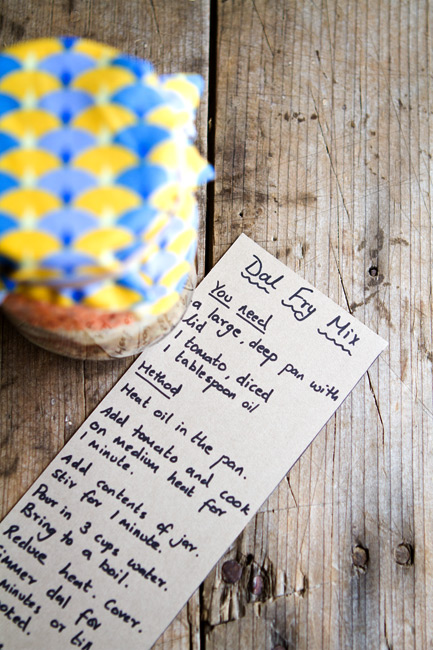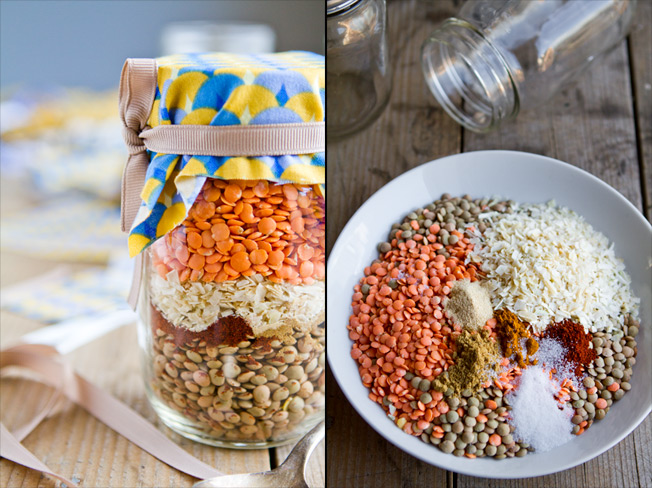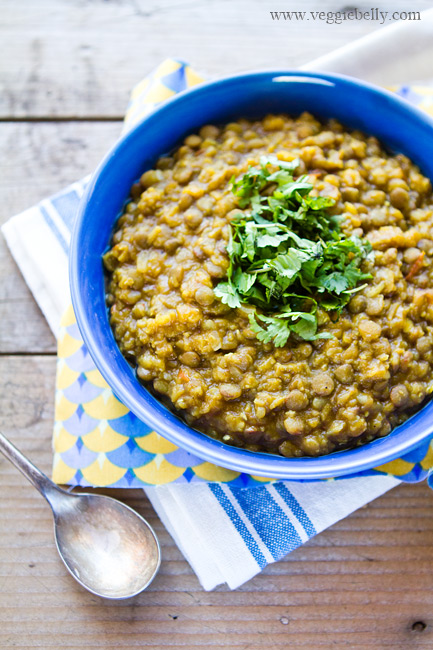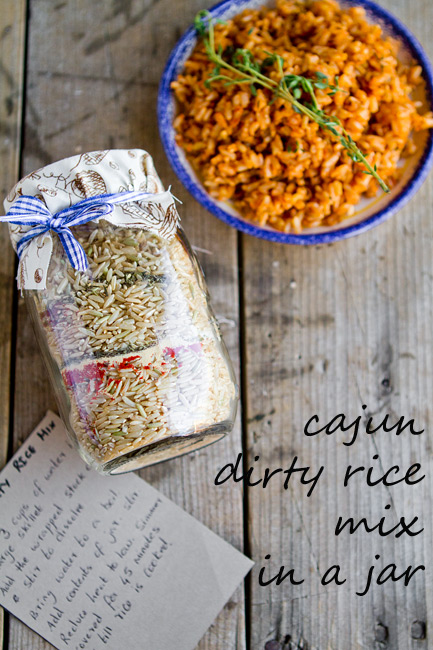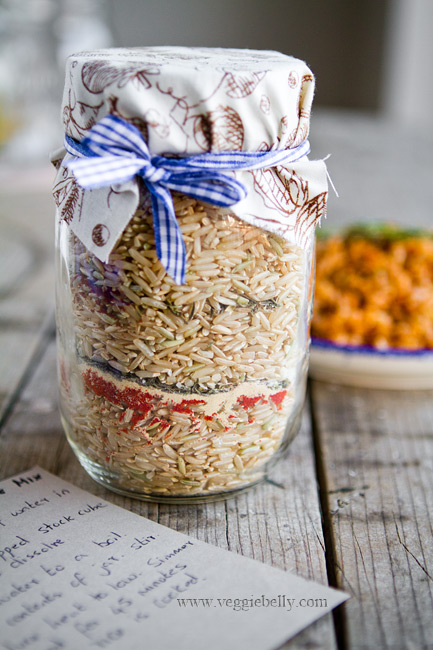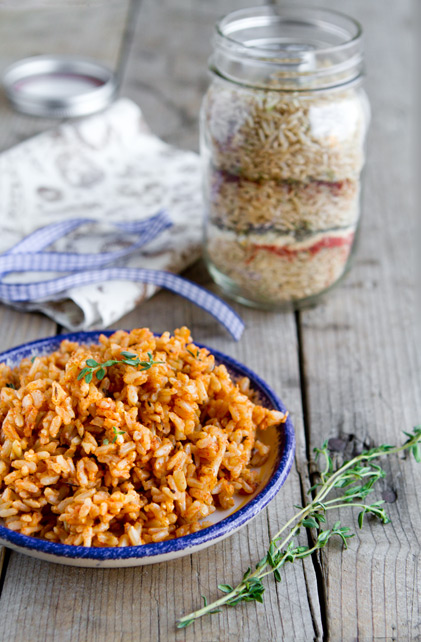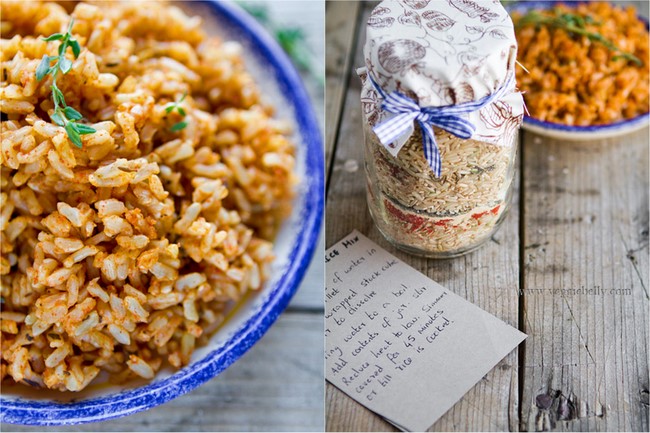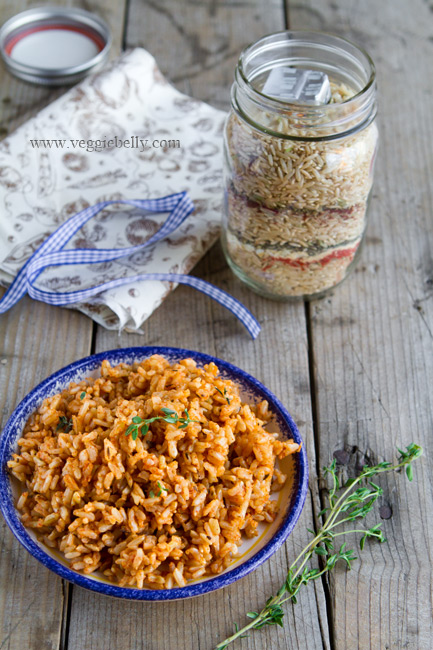
When I left for Israel late last year, I had no idea I would return so in love with the cuisine of this country. The fresh fruits and vegetables, amazing range of grains, and the huge markets are a vegetarian’s paradise. Israel will easily rank in the top 5 of my best countries for vegetarians list.
The incredibly talented pastry chef cum food guide, Ariella Amshallem took me on a food tour of Jerusalem’s famous Mahane Yehuda market where many of these photos were taken. Ari is a vegetarian herself, and has tons of recipes on her blog, Ari Cooks. If you are ever in Israel, do not miss the interesting and fun food tours that Ari and her friends offer.
Making Pita Bread with Hassan
Hassan’s Pitot bakery is on Agrippas st, near the famous Mahane Yehuda market in Jerusalem. It is a little, unassuming store front that you could easily pass by without noticing. But I’m so glad I did, thanks to my guide Ari, because Hassan’s breads are so fresh and so tasty.
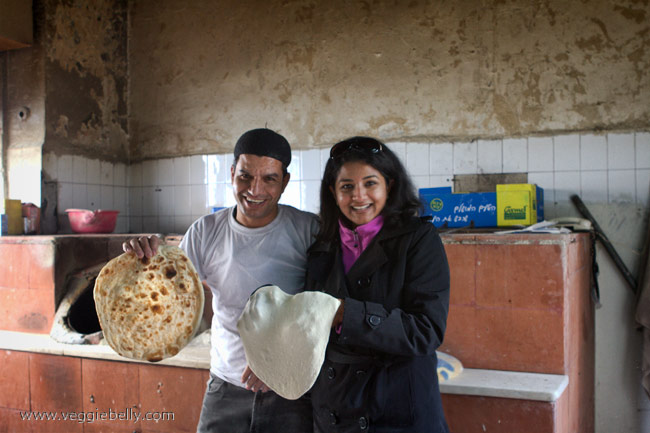
Not only are his breads so good, Hassan himself is such a warm and friendly person. He invited me into his kitchen, showed me how he makes his different breads and spoke passionately about his methods and recipes. Hassan also allowed me to spend several hours in his little shop, even letting me try my hand at the bread; mine turned out ameboid and misshapen, lol!
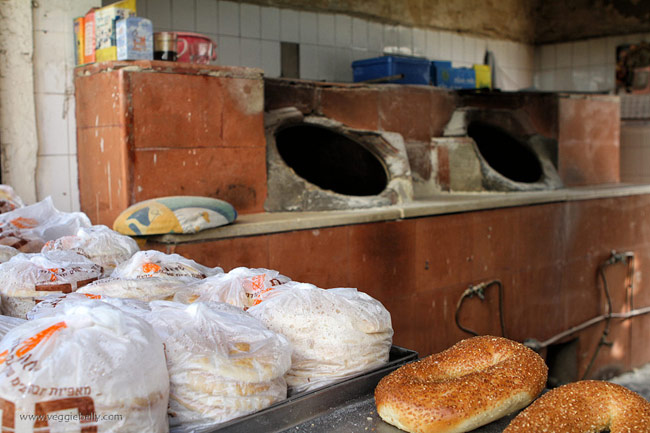
See the two holes in the background? Hassan bakes his bread in there. They are charcoal ovens lined with metal and are round and cavernous. “Like a mother’s womb”, Hassan explained. Interestingly, they call these ovens ‘tannoor’. In India we call them ‘tandoor’!

I asked Hassan what’s the trick to his superb bread. He said it was his ‘old’ starter dough. He calls his dough ‘old’ because the very first dough was made in 1985. Since then, every day, Hassan saves a piece of the previous day’s dough and incorporates it into to the next day’s dough. This way, he explained, the dough has been ‘continuous’ for the past 27 years. The very first dough he made had some yeast in it. But since then he has never used yeast in his daily dough. Yet, the method of continuing the old dough gives his breads a mild yeasted quality.
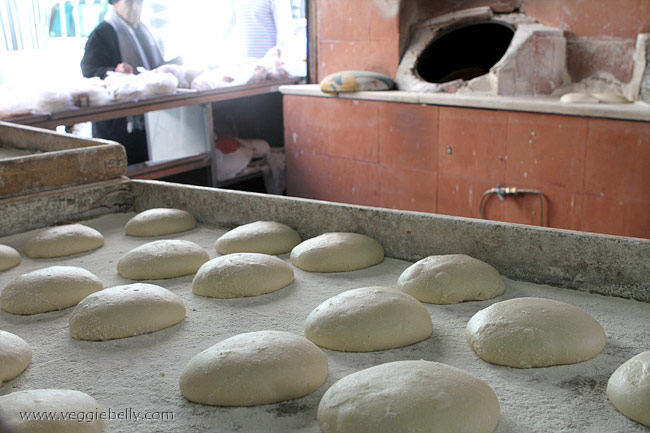
Hassan comes from a line of bakers who make traditional Arab breads. He is from Ramallah, a Palestinian city in Israel. He works hard, rising at 5am and often working late into the night. Hassan and his assistant Tzion make fresh dough every day using half white flour, half wheat flour, water and salt (plus some of the previous day’s dough).
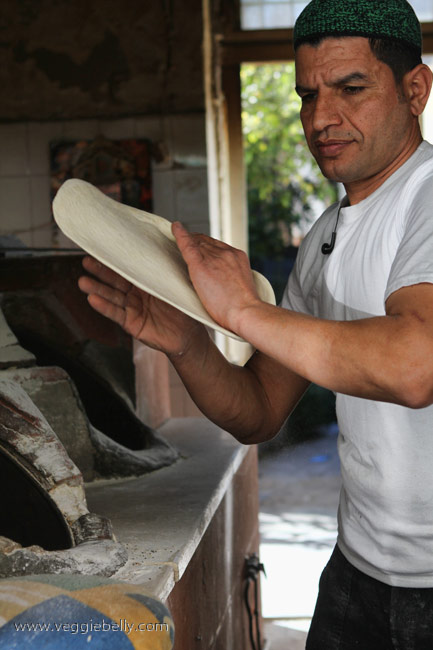
Then they churn out dozens and dozens of large, round pita bread – pleasantly chewy and beautifully cooked in his charcoal oven. They then either dust the bread with black and white sesame seeds, or zaatar (and common Middle Eastern condiment make from sesame seeds, sumac and powdered hyssop or thyme).
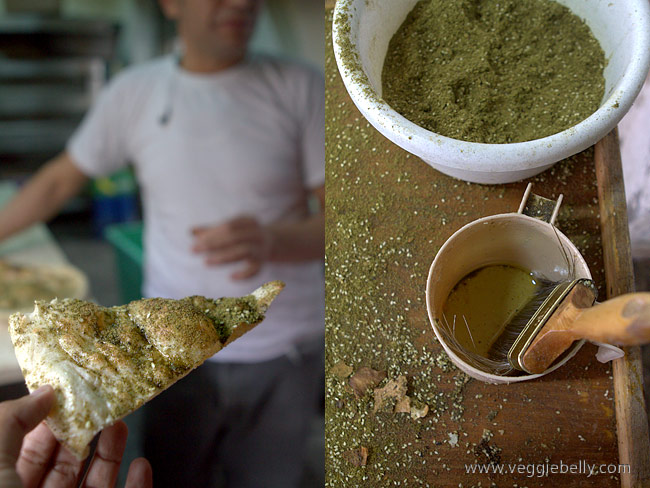
For beautiful photos documenting Hassan at work, check out Casperit’s photos on flickr.
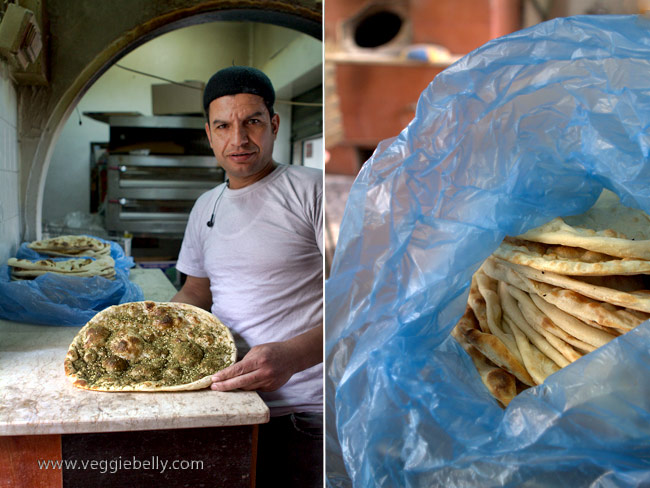
Hanukkah Donuts Like You’ve Never Seen Before
Israelis have elevated the donut to an art form. After experiencing the Hanukkah donut, I will never look at a donut the same way again. Hanukkah is an eight day Jewish festival of lights. Israelis eat donuts (sufganiyot) and other deep fried items during hanukkah.
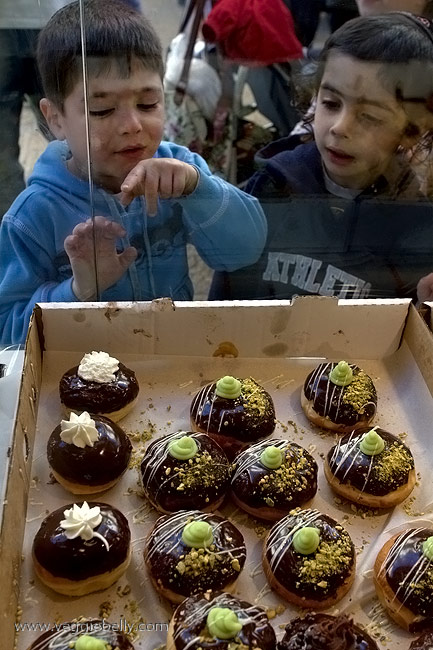
I was lucky enough to be in Israel during Hanukkah and sample some amazing donuts. It was difficult to choose because they came in so many flavors and with hundreds of fancy filling.
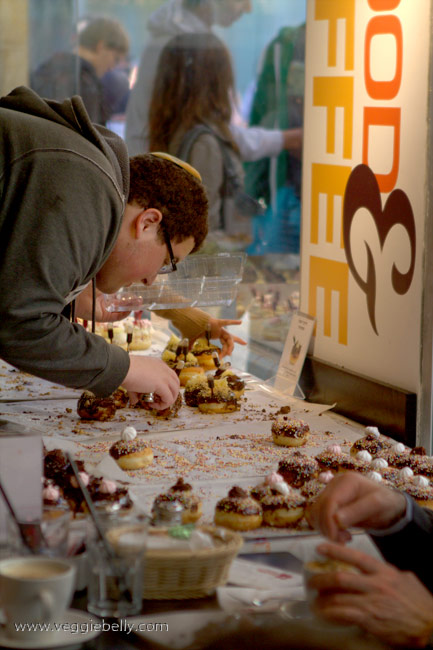
During Hanukkah, donut shops were over flowing with people. This man loving selects his donuts 

My favorites were the ones that came with an injectable syringe filled with sauce! What a cool idea! This one was a chocolate and vanilla custard donut. The syringe had a chocolate espresso sauce in it.

These donuts at the mahane yehuda market were the ‘regular’ type with a jam or jelly filling.
The Best Hummus I’ve Ever Eaten
I am crazy about hummus. I ate so much hummus in Israel, it was coming out of my ears! I wiped down plates and plates of luscious, creamy hummus with soft, puffy pita bread. Finally, I found it..the best hummus I’ve ever had..
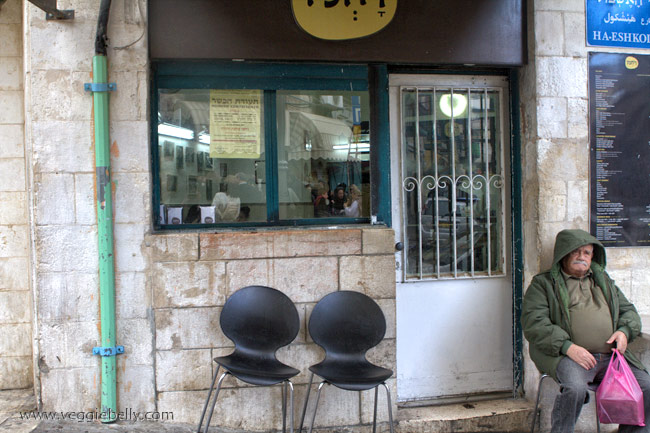
It was in a humble little restaurant called Rachmo at the Mahane Yehuda market in Jerusalem. This Kurdish-Iraqi restaurant serves up hearty dishes (tons of vegetarian options!) and the best hummus I’ve ever had.
The hummus at Rachmo was rich, silky and just exquisite. It had just the right amount of salt and lemon. And it was obvious that the restaurant is generous with the tahini (sesame paste) in its hummus lending it the creamiest mouth feel.

Above: the hearty vegetarian meal that my food guide Ari and I shared at Rachmo. Cabbage stuffed with rice and cooked in tomato and paprika sauce, pickles, hummus and pita bread.
A Vegetarian Meal with my Jerusalem Hosts Smadar & Eran
When I travel, I try to couch surf as much as I can. Couch surfing is a (not for profit) network that connects travelers with locals. You can sign up for couch surfing to host and be hosted.
I have hosted travelers in my house in the US many times and I’ve also stayed with couch surfers in their homes in other countries when I’m traveling. There is no money involved – the goal of couch surfing is cultural exchange. (Yes, couch surfing is safe. Read their safety philosophy).
I have stayed with couch surfing hosts in Latvia, Norway, Fiji, Israel, Argentina, and other countries. Each experience has been unique, and eye opening. By staying with a local person or family, you get a perspective that you otherwise won’t get sitting in a hotel room. In other words, you get more of a non-touristy, realistic experience of a country, which I love.
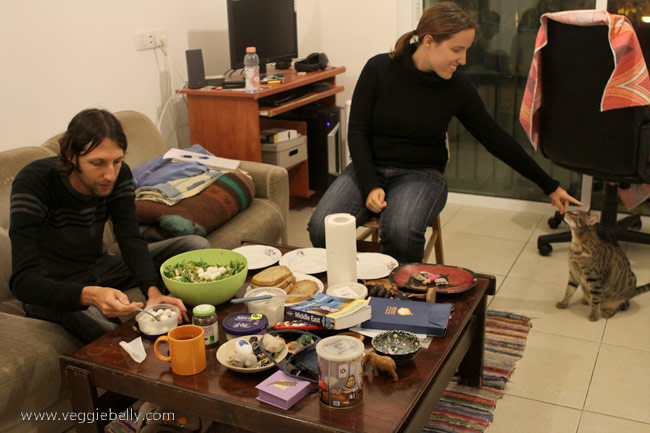 In Jerusalem, I stayed with a young couple via couch surfing. Smadar and Eran were kind and generous hosts and I learned a lot from them about Israeli life, food and culture. Like many Israelis, Smadar and Eran are very health conscious and eat light, fresh meals incorporating a lot of vegetables.
In Jerusalem, I stayed with a young couple via couch surfing. Smadar and Eran were kind and generous hosts and I learned a lot from them about Israeli life, food and culture. Like many Israelis, Smadar and Eran are very health conscious and eat light, fresh meals incorporating a lot of vegetables.
On the last night of Hanukkah, Eran made us a gorgeous salad with sumac for dinner. Sumac is a deep red, tangy tasting powdered spice. We had the salad with multi grain bread and cheese. The salad was light, yet satisfying and a wonderful reminder that even the simplest of meals can turn into a memorable one when you eat it with good people and good conversation.
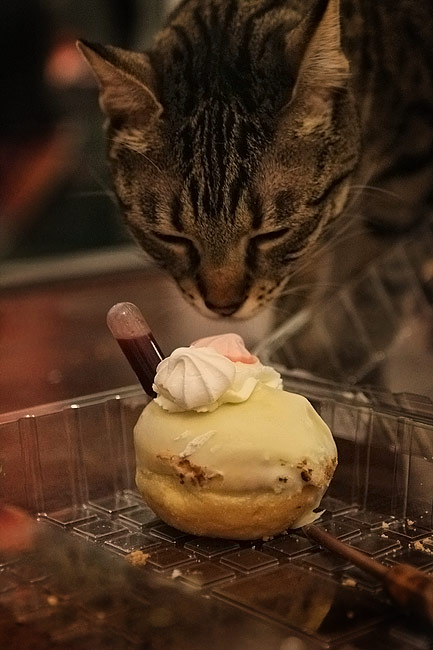
After the sumac salad, we finished our Hanukkah meal with the customary Hanukkah donut. This one came with an injectable syringe filled with raspberry sauce. Eran and Smadar’s cat Cashew, inspects my donut above!
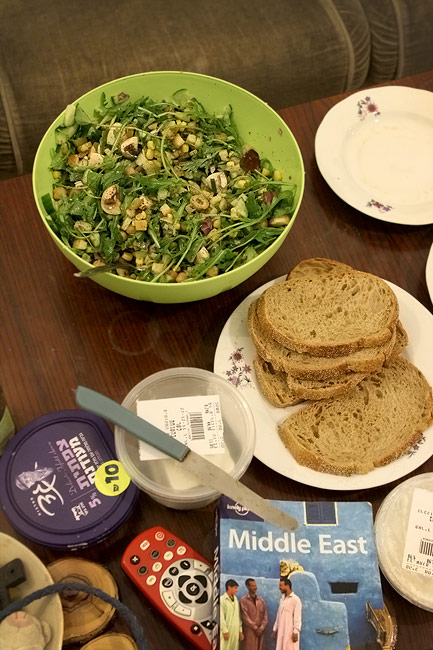
Eran’s Sumac Salad Recipe
For the salad
Arugula leaves
Other salad greens of your choice
Cucumbers, cubed
Red onion, sliced into rings
Mushrooms, sliced thin
Canned sweet corn, drained
Olives
Fresh mozzarella balls
For the dressing
Olive oil
Lemon juice
Sumac (substitute with lemon zest or cumin powder)
Salt & Pepper
Place all salad ingredients in a bowl. Eran eyeballed all the ingredients, so this isn’t an exact recipe. Add whatever vegetables you like to use in a salad.
Whisk together the dressing ingredients in a small bowl. Mix it up to your taste. I generally use 4 tablespoons olive oil + 2 tablespoons lemon juice and a pinch of sumac. If you like your dressing on the sweeter side, add ½ to 1 teaspoon of sugar.
Pour the dressing over the salad, toss and serve immediately.

